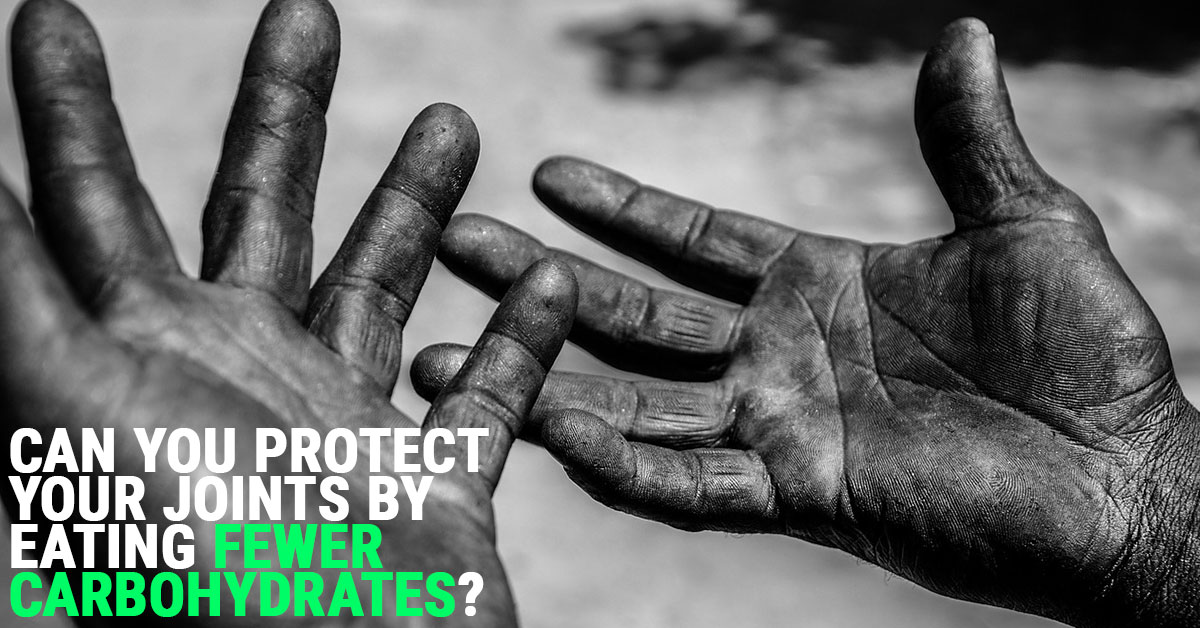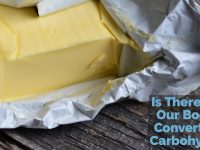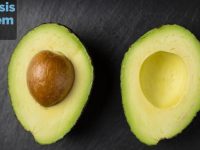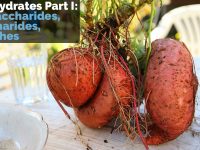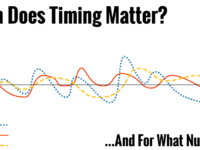I read an article the other day entitled “Your Tendons on Cake” (you can read it here), and I thought it was a good opportunity to explore a topic close to the hearts of many climbers: their connective tissue. Specifically, the author (Dr. James Crownover, a sports medicine doctor) makes some claims about the effects of carbohydrates and other foods on tendons, and I want to go over them one by one to see if they have any validity.
Before I really dive into my critique, I want to say that I broadly agree with Dr. Crownover’s conclusions, and even more so with some of his recommendations. While I think there is too much extrapolation to support the finer points of his arguments, I don’t have many issues with the generally hedged diet advice he gives. Unlike most nutrition articles I read on the web—which are filled with musts and guarantees and always and nevers—Dr. Crownover is mostly diligent of the often weak and inconsistent evidence surrounding his nutritional recommendation. And that’s a good thing!
Now, let’s examine where the potential faults lie.
Would a Low-Carbohydrate Diet Increase Tendon Strength?
Dr. Crownover argues that advanced glycation end products (AGEs) reduce the structural integrity of connective tissue by increasing the number of collagen cross links and also by increasing the turnover of the connective tissue’s extracellular matrix. He cites numerous studies in defense of this statement, and even includes a study in a non-diabetic population that shows that higher fasting blood glucose levels are correlated with rotator cuff tears.
I find no reason to disagree that AGEs are harmful to the tendons; we know they’re harmful in general, and it wouldn’t be surprising to learn that they also affect tendons or other connective tissues. Where I disagree is with his nutritional recommendation to decrease the carbohydrates in your diet.
(To be fair, he does specify that we should lower the “acellular carbohydrate” content—meaning carbs that are not coupled with cells, like table sugar or honey—but he does title his section “Low Carbohydrate Diets”.)
His recommendation is based on evidence that uncontrolled hyperglycemia (high blood glucose) in diabetics leads to dramatically increased AGE formation. This is a real consequence of hyperglycemia, but there’s still no evidence this happens in individuals with normal blood glucose levels—which is key to the veracity of the low-carb hypothesis.
The sole study examining individuals with normal fasting blood glucose levels (the rotator cuff study mentioned above) only found the correlation in those on the upper end of normal, or somewhere above 90 mg/dL. By comparison, the “normal” range extends from 70 to 100 mg/dL. Also, exercise greatly increases insulin sensitivity, which leads to typically lower fasting glucose levels in athletes than in sedentary individuals. Since climbers are athletes (and often avid ones, at that), they are less likely to have rampaging blood glucose than even a “normal” adult.
Without evidence that carbohydrates—outside of hyperglycemia—can increase AGE production, there’s no meat to the argument. Carbohydrates themselves have no other known deleterious effect on tendons, and there’s no impetus to go low-carb.
Even if carbohydrates did generally increase AGE production, however, going low-carb is a questionable solution. AGEs are not only produced endogenously (within us), they also come from our diet. And in our diet, they are almost solely found (in large amounts) in high-protein and high-fat foods.
Here are some examples of the the AGE contents of food. AGEs are measured rather obliquely in “kilounits” (kU), but don’t worry so much about what exactly a kilounit is so much as the grand totals of AGEs in each food:
- Medium Banana: 1 kU
- Large Carrot: 7.2 kU
- Slice of Whole Wheat Bread: 22 kU
- Large Apple: 26 kU
- Tablespoon Mayonnaise: 1,300 kU
- Tablespoon of Olive Oil: 1,800 kU
- 1 oz Roasted Almonds: 1,900 kU
- 4 oz Broiled Chicken: 6,600 kU
- 4 oz Broiled Beef: 6,800 kU
So carbohydrates may increase endogenous production, but high-fat and high-protein foods contain significantly more AGEs. You can greatly reduce the AGEs by cooking the foods in water (as in boiling or stewing) rather than with dry heat (as in grilling, frying, broiling, and basically every other method of cooking), but you’ll still be in the thousands of kU per serving rather than the tens. These foods can and do significantly contribute to your body’s AGE burden.
The point I’m trying to make isn’t that eating fatty, protein-rich foods is bad for you, but rather that nutrition is usually more complicated than “eat more of this and less of that”. There are pros and cons to every dietary decision. Reducing carbohydrates may reduce endogenous AGE production, but will also swell dietary intake—that may be worthwhile to a diabetic with out of control blood glucose (and thus AGE production), but is unlikely to make a difference for those with normal blood glucose and AGE production (like most climbers).
Is Obesity Related to Tendon Health?
We know that obesity increases insulin resistance (particularly central obesity, when you have too much visceral or “belly” fat), and that increased insulin resistance leads to increased fasting blood glucose—so it’s a solid conclusion that obesity could affect the integrity of our connective tissue through the AGE model described above. And, as Dr. Crownover mentions, obesity also puts significantly more strain on the connective tissue, which further increases inflammation and tissue breakdown.
I have no issue with any of the points here, but obesity isn’t a common problem for climbers. If you are obese, then losing weight is probably the most significant thing you can do to improve your joint health.
Is Turmeric Joint-Friendly?
I used to be very pro-turmeric. I’m not anti-turmeric now, but I’ve greatly curbed my enthusiasm for the rhizome.
The reason my thoughts changed is increasing evidence that exercise-induced inflammation is a good thing, and that anything that decreases peri- and post-exercise inflammation in the muscles and connective tissue may also decrease adaptation. In the long run, that leads to comparatively weaker muscles and tendons that are more prone to injury.
I haven’t examined the evidence for curcumin (the active chemical in turmeric) in a long time—I will again sooner or later for a supplement guide—but last time I looked there was only weak evidence, mostly from in vitro and animal trials. The evidence that did exist was promising, but not miraculous. A big problem is that curcumin isn’t absorbed well by the body, isn’t retained for long (our body detoxifies it rapidly), and is required in large amounts to exert an affect. These problems combined make it more pharmaceutical-like than a nutrient we can realistically get from our diet.
Ultimately, though, I agree with Dr. Crownover’s recommendation to just eat more turmeric, and I agree with his rationale that it “tastes great and has minimal downsides.” Most of the evidence that anti-inflammatories and antioxidants are bad suggest that we shouldn’t supplement with them, but that a diet naturally rich in those compounds is a good idea for performance—so skip the capsules for now and just eat more Indian food.
Green Tea for the Joints?
I love green tea, but not because it’s great for the tendons. Maybe it is, but we lack strong enough evidence to make that sort of claim. The few studies linked to by Dr. Crownover were done in rats and used green tea extract, which is standardized for its chemical content. Even if the results were applicable to humans, we’d need to understand more about the proper dose to really maximize the effects.
In the end, most of the supposed benefits of green tea are nothing more than the romanticization of an Asian culture staple food with a typical lack of hard evidence. If you enjoy green tea, drink it up; if you don’t like it, there aren’t any compelling reasons (joint-wise) to start.
Do We Really Need Supplemental Glycine?
Dr. Crownover’s final point is that we may need more glycine in our diet to maintain a healthy level of collagen in our connective tissue. I don’t disagree that we need dietary glycine, but it’s unlikely we need to change our diet in any way to get more of it. The average Westerner gets somewhere between 3 and 5 grams of glycine per day, or around 3-5% of the protein content of our diet. This is roughly the same amount of glycine as was used in the rat study Dr. Crownover referenced, so no special action is required!
In general, whenever someone recommends that you increase a single amino acid in the diet, the better piece of advice is just “get enough high-quality protein“. High-quality proteins have sufficient amounts of all amino acids (essential and non-essential) to take care of all the body’s needs, not just one. Adding low-quality proteins like bone broth might satisfy a single requirement, but you will still need other sources of protein to meet the rest of your needs, so you’re better off just including the higher-quality ones in the first place and only including low-quality proteins that you enjoy.
So if you enjoy bone broth (and who doesn’t enjoy a nice bowl of soup?), then go for it, but don’t think it’s doing anything magic for your connective tissue!
Summing Up
Diet is an extremely important component of tendon health, and climbers who are interested in a long, injury-free climbing career would do well to eat right for their sport. As I mentioned earlier, I don’t broadly disagree with Dr. Crownover, nor do I disagree with his characterisation of diet as the first domino in a series that could lead either to health or disease. Where I disagree is the relative strengths of his conclusions and also some of the specifics.
The sad truth is that we don’t have many quality studies on the relationship of diet to tendons and other connective tissues—meaning large, double-blind, placebo-controlled studies in humans. We certainly don’t have any replicated studies. Due to this, much of what we can say is conjecture at best and unsubstantiated opinion at worst.
The evidence we do have doesn’t suggest that low-carb diets are helpful for joint health except perhaps for type II diabetics—and even there, it’s unlikely we’d see an increased benefit of a low-carb diet over any other diet that simply improves their glycemic control. Low-carb diets are also unlikely to be acutely harmful, but given the major importance of carbohydrates to the anaerobic energy pool, and of the anaerobic energy pool to climbing, I suggest climbers avoid low-carb diets like they avoid choss!
